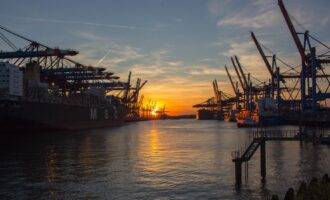
Incentives can grow SAF production to 30 billion liters by 2030
The International Air Transport Association (IATA) called for governments to urgently put in place large-scale incentives to rapidly expand the use of sustainable aviation fuels (SAF) as aviation pursues its commitment to achieving net-zero carbon emissions by 2050.
To fulfill aviation’s net zero commitment, current estimates are for SAF to account for 65% of aviation’s carbon mitigation in 2050. That would require an annual production capacity of 449 billion litres. Investments are in place to expand SAF annual production from the current 125 million litres to 5 billion litres by 2025. With effective government incentives, production could reach 30 billion liters by 2030, which would be a tipping point for SAF production and utilization, IATA said.
“Governments don’t need to invent a playbook. Incentives to transition electricity production to renewable sources like solar or wind worked. As a result, clean energy solutions are now cheap and widely available. With similar incentives for SAF, we could see 30 billion litres available by 2030. Though still far from where we need to be, it would be a clear tipping point towards our net zero ambition of ample SAF quantities at affordable prices,” said Willie Walsh, IATA’s director general at the 78th IATA Annual General Meeting in Doha, Qatar, this week.
In 2021, irrespective of price (SAF is between two and four times the price of conventional jet fuel), airlines have purchased every drop of the 125 million litres of SAF that was available. And already more than 38 countries have SAF-specific policies that clear the way for the market to develop. Taking their cue from these policy measures, airlines have entered into USD17 billion of forward-purchasing agreements for SAF.









